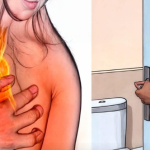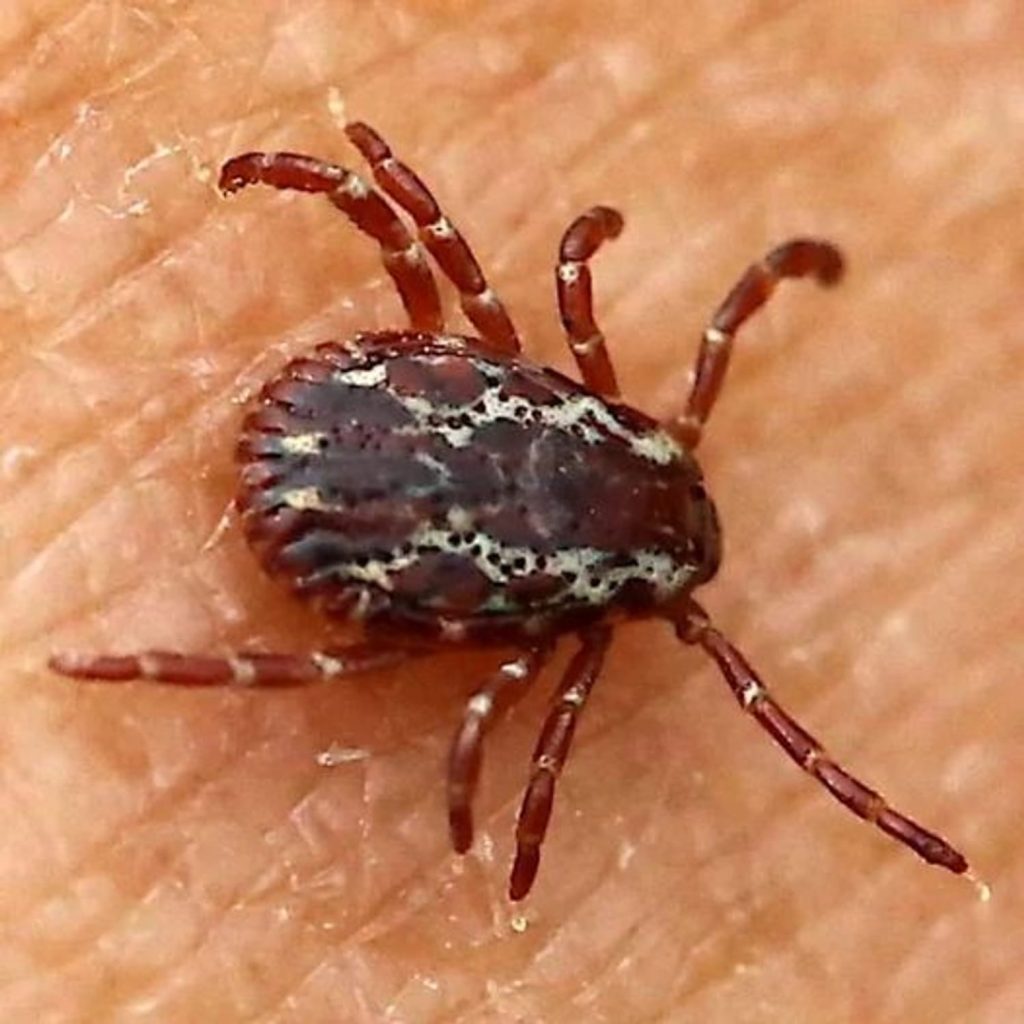
Imagine spotting a tick crawling around your home. It may be tiny, but don’t let its size fool you—this little parasite can be a real danger to both you and your family. How did it end up inside? And more importantly, what’s the best way to get rid of it for good?
Ticks: an invisible danger
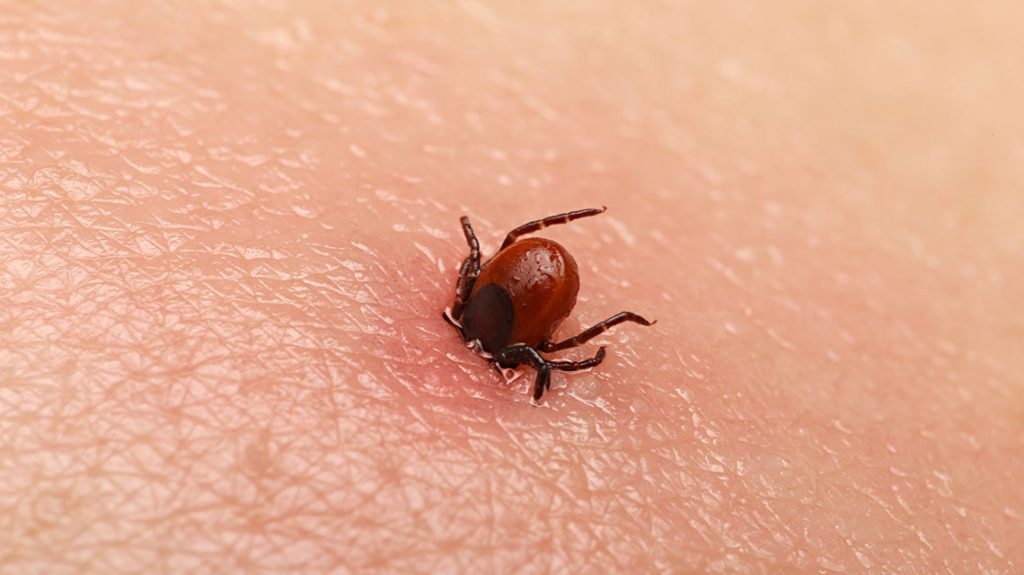
Ticks are blood-sucking parasites that latch onto mammals—including humans—for nourishment. They’re not just a nuisance; they can transmit dangerous illnesses like Lyme disease or tick-borne encephalitis. If you find one in your home, it likely hitched a ride on a pet, another animal, or even you without you realizing it.
What to Do Right Away If You Find a Tick
1. Remove It Safely
- Put on gloves to avoid touching the tick directly.
- Use fine-tipped tweezers to grasp it as close to the skin as possible.
- Pull it out slowly and steadily without twisting or crushing it.
2. Keep It for Identification
- Place the tick in a sealed container (like a small jar or plastic bag) if you plan to have it tested.
- This can be useful if any symptoms develop later.
3. Disinfect the Area
- Clean the bite site and surrounding skin thoroughly with disinfectant to reduce the risk of infection.
Preventing a tick infestation in the house
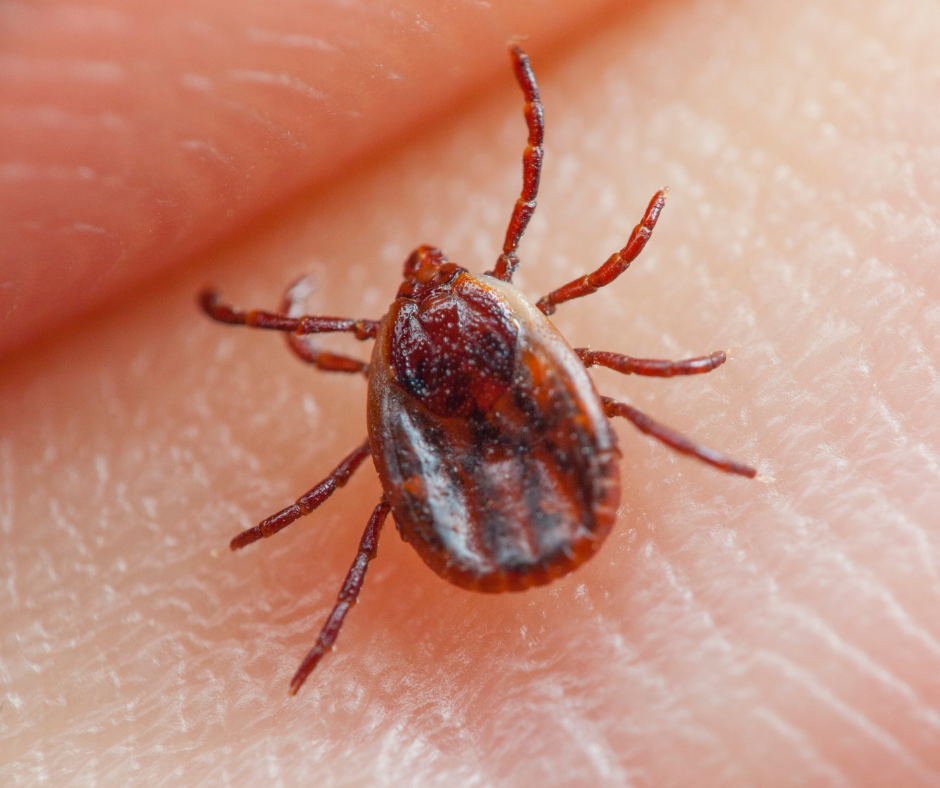
1. Check Your Pets
Dogs and cats are prime targets for ticks, so be sure to check their fur often, especially after outdoor adventures. Keep them safe by using vet-approved pest control treatments.
2. Keep Your Home Tick-Free
Stay proactive by vacuuming floors, carpets, and hidden corners frequently. If you suspect ticks, wash fabrics in hot water to eliminate them. Also, seal any small gaps or cracks where these pests could be lurking.
3. Maintain Your Garden
Ticks thrive in overgrown grass and dense bushes. Keep your lawn trimmed and consider using natural or chemical repellents in areas where they’re most likely to hide.
What if a tick bite is detected?
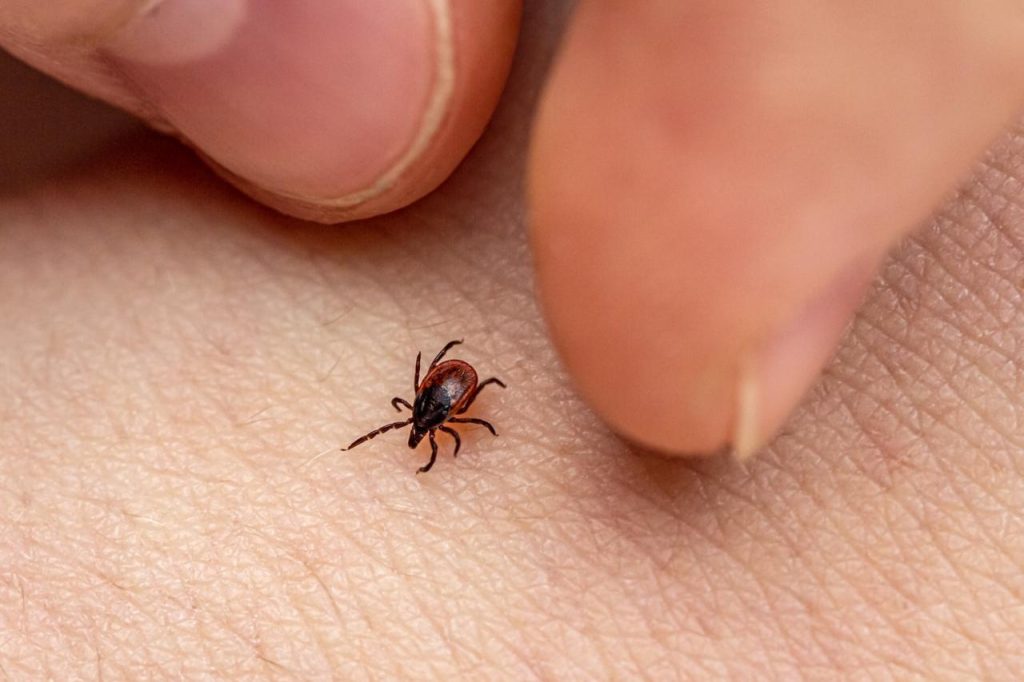
If you find a tick already latched onto your skin:
- Remove it as soon as possible using tick tweezers, making sure to be gentle but thorough.
- Keep an eye on the bite area for any unusual changes, like increasing redness or swelling.
- See a doctor if needed, especially if you develop symptoms like fever or joint pain.
Stay Alert and Take Action
Finding a tick in your home is no small matter. Acting fast and taking the right precautions can help keep these unwelcome pests—and the dangers they bring—at bay. Staying vigilant is the key to ensuring a safer and healthier space for you and your family.
